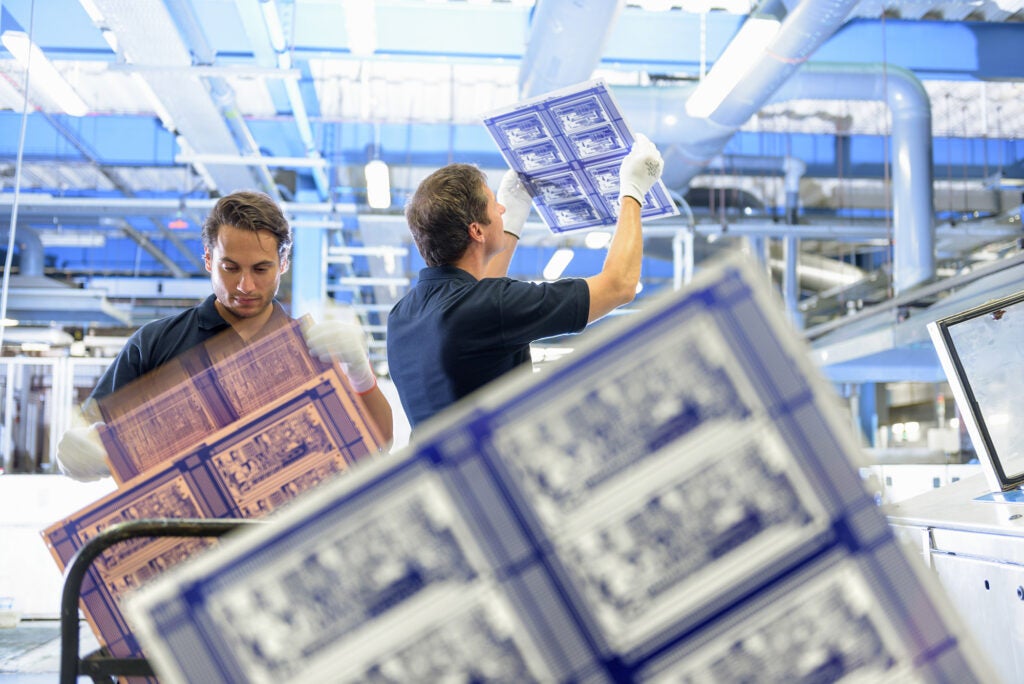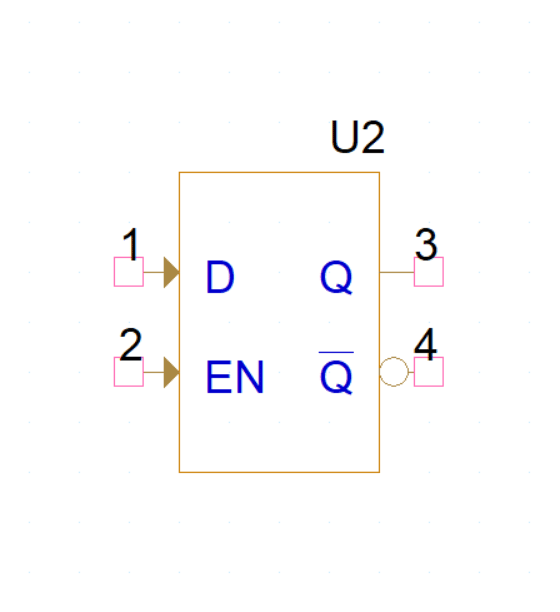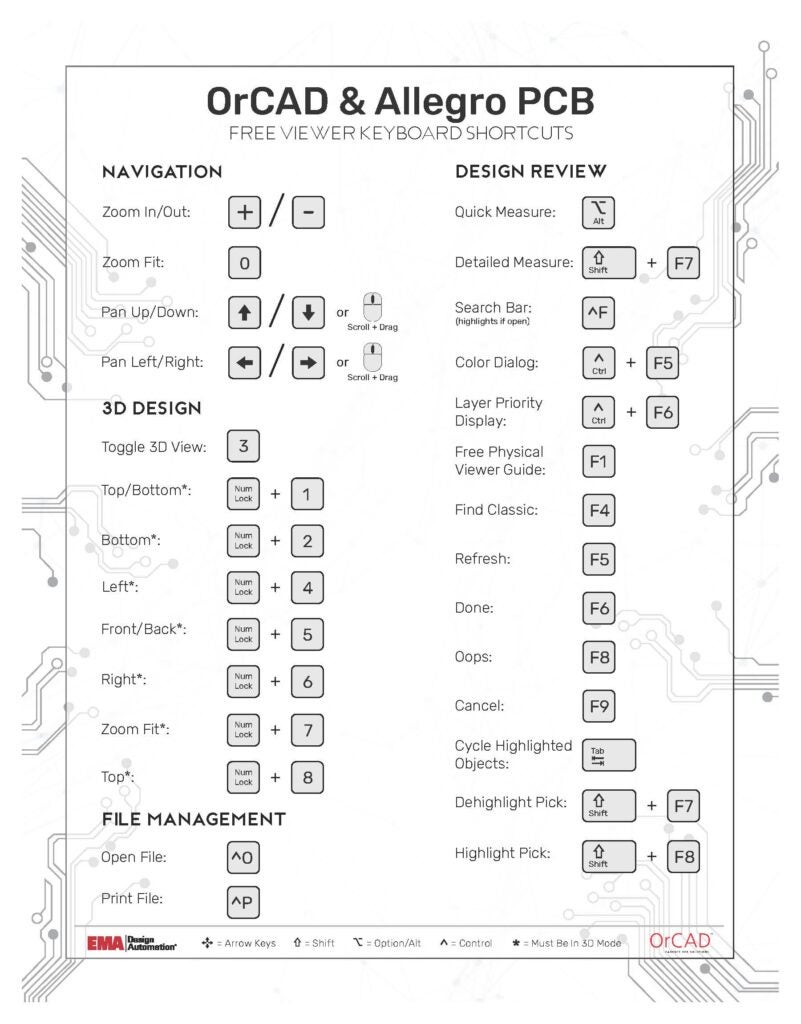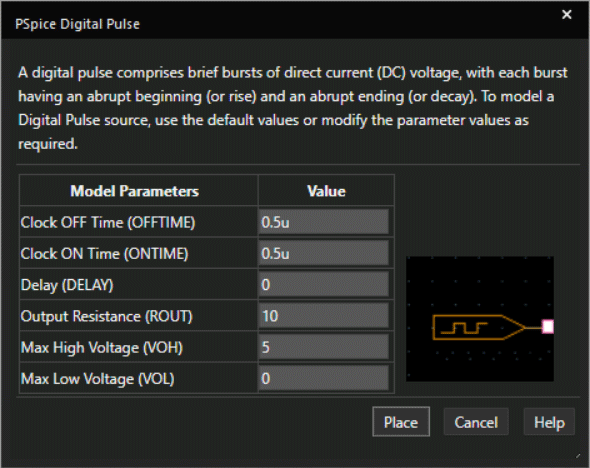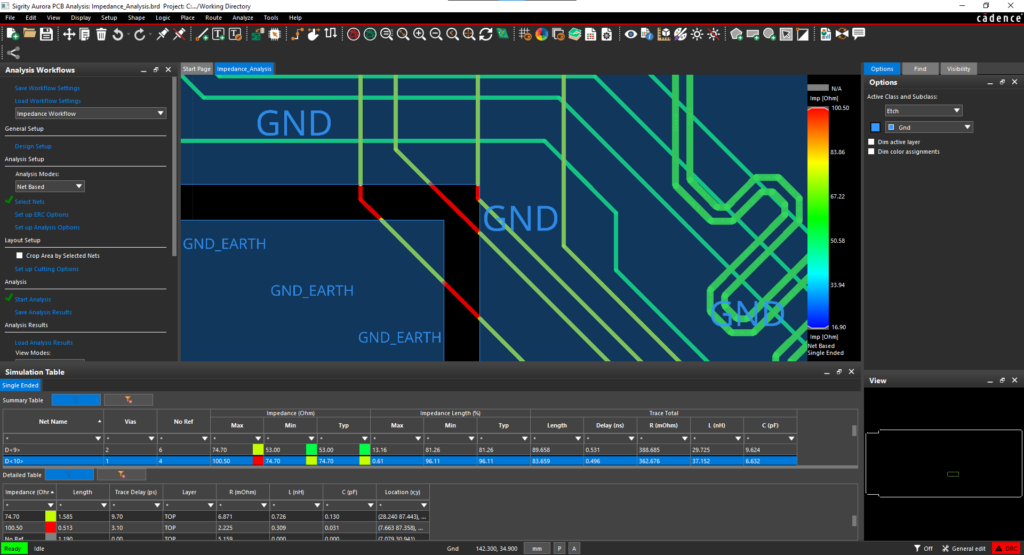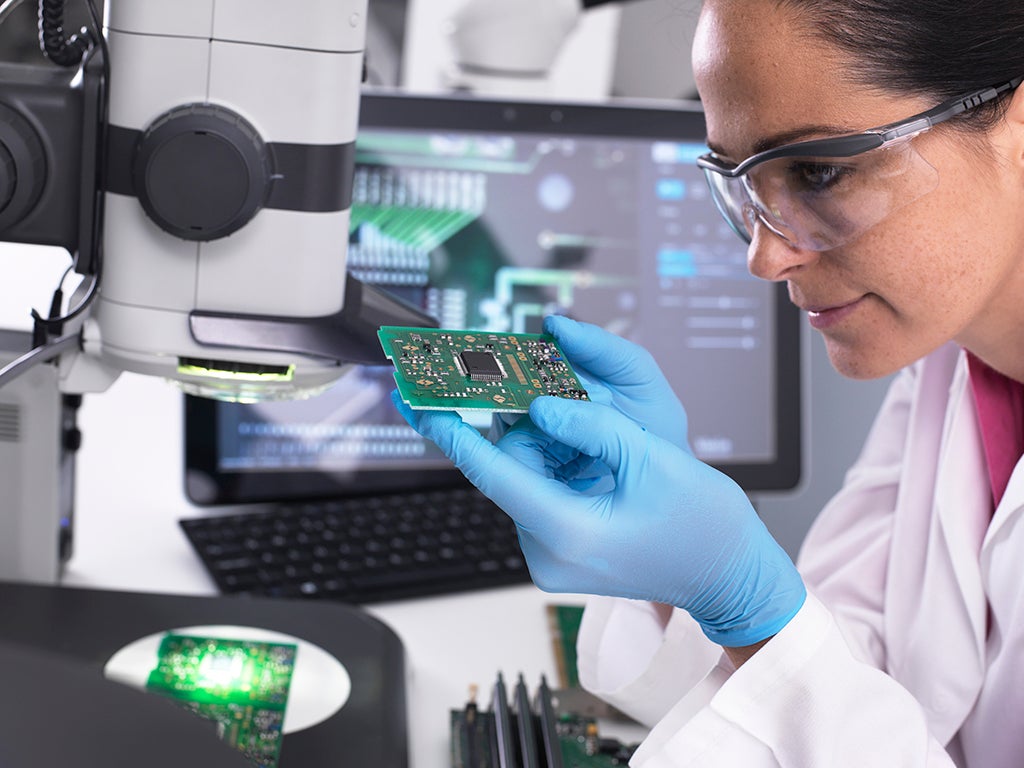Elon Musk makes a habit of revolutionizing industries. First it was electric cars, then space travel, and now mass transit with the Hyperloop project. The Hyperloop is what Musk calls “a cross between a Concorde, a railgun, and an air hockey table,” it’s a pod system which runs in low-pressure tubes at more than airline speed. Since its inception, Musk has been working towards making the Hyperloop a reality by engaging engineers from companies like Telsa and SpaceX.
In order to try and propel the technology forward, the Hyperloop became an open source design in 2013. According to Musk, the purpose of this was to invite feedback and to “see if the people can find ways to improve it.” It was this method of thinking that contributed to the creation of SpaceX’s Hyperloop Pod Competition.
The SpaceX Hyperloop Competition
In June 2015, SpaceX announced their Hyperloop design competition and the construction of a 1-mile-long test track near their headquarters in Hawthrone, CA.
The main goal of Space X’s competition is to “help accelerate the development of functional prototypes and encourage student innovation by challenging university students to design and build the best high-speed pod.”
The first competition of its kind, the SpaceX Hyperloop had over 700 preliminary applications which were ultimately narrowed down to 27 teams who were invited to build hardware and compete in time trials during their competition weekend in 2017. The University of Maryland team, UMDLoop was one of those 27 teams.
The University of Maryland’s Hyperloop Team
The UMDLoop team consists of over 40 undergraduate students with backgrounds in engineering, physics, computer science, and more. While the team has access to resources through the university, the majority of funding and access to materials and tools needed to build the Hyperloop was driven through sponsorships and donations. EMA was happy to provide support to the UMD team by donating OrCAD® software to be used in the design and analysis of the electrical systems of their pod, Prometheus.
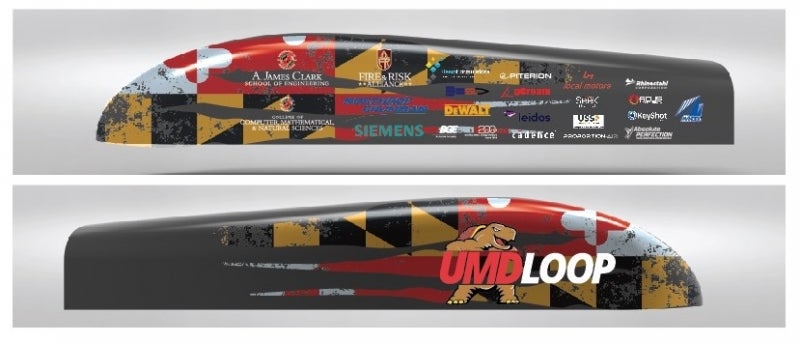
Prometheus features a passive magnetic levitation control and breaking, a unique chainmail breaking system, and a multi-link suspension system. According to Kyle Kaplan, the UMDLoop team captain, Prometheus’s passive system simplified the electronics on board—eliminating the need for specialty items or the inclusion of pressure vessels. The passive system also managed to decrease the system’s power capacity.
“We use one-tenth of what everyone else has in terms of power supply,” said Nikolas Allen, the team’s power systems lead.
The team was one of approximately 27 teams to be selected to advance in the competition. OrCAD software was able to aid them in the development and finalization of their pod.
Design and Simulate Before You Build with OrCAD
“Figuring out how to wire up so many different sensors and components in a neat and organized fashion and being able to create schematics has been super useful,” Allen said. “OrCAD, and specifically PSpice, applications are the industry standard … it’s very reliable … you can get very realistic simulations. Before I put anything on a breadboard or a perfboard, we tend to want to do a PSpice model of it, for a sanity check, to make sure everything works.”
Like any project, the team faced a fair set of challenges and in order keep moving forward, they were vigilant about performing ‘sanity checks’ before any major change/build. “Integrating things always creates unknown challenges. We can simulate the circuits and if they hold up we know it’s gonna work, it’s just whether or not in practice it falls through,” Allen said. In essence, carrying out these checks helped to eliminate any error besides human error.
SpaceX’s First Hyperloop Pod Competition—January 2017
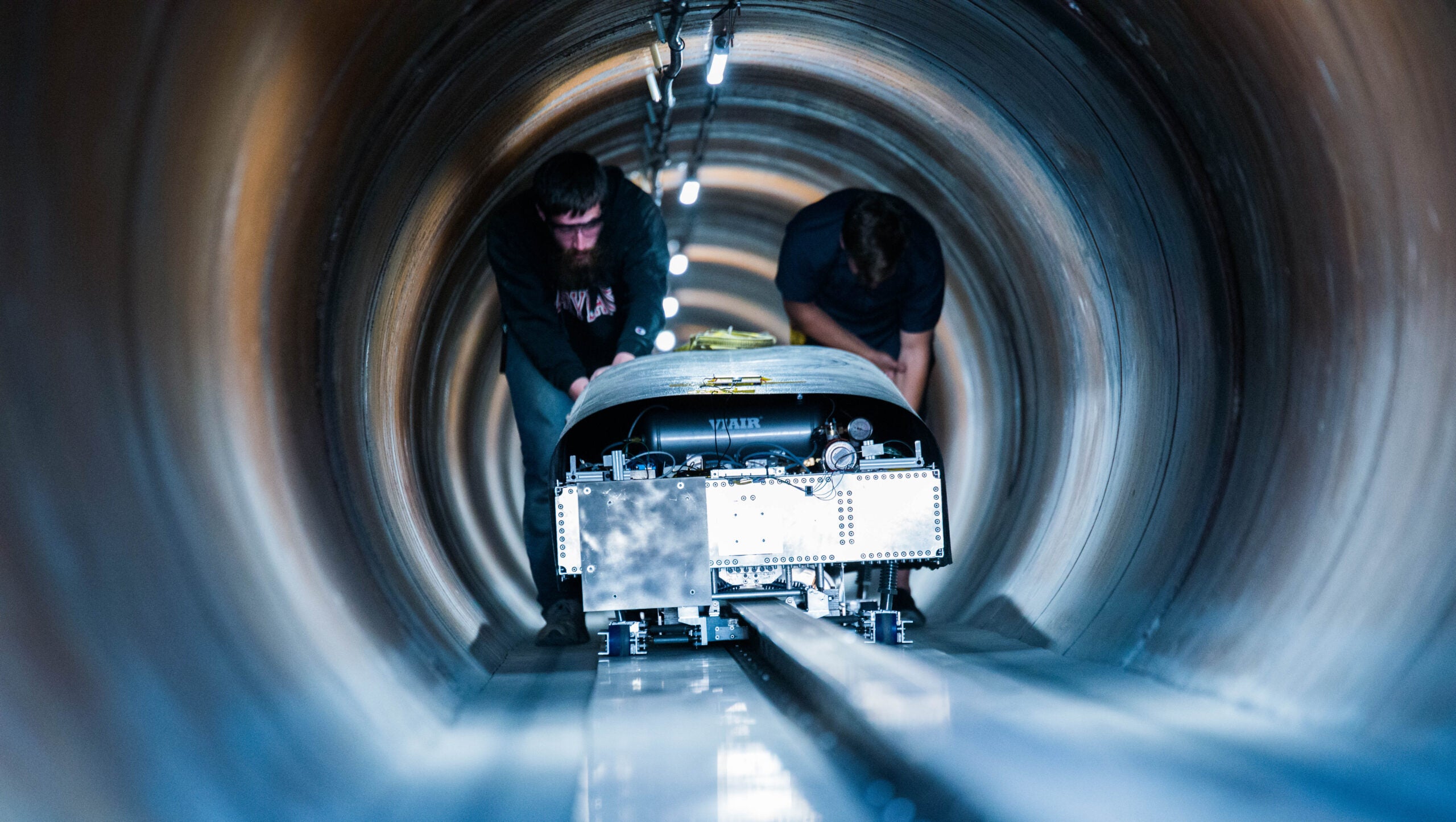
As part of the competition, teams had to pass a series of in-depth safety inspections and testing which evaluated all aspects of Prometheus’s design including overall design, safety, structural and functional tests. During the competitive weekend, UMDLoop was one of the first teams to pass all of these benchmarks—becoming one of the five teams out of 27 who qualified to do a vacuum run on SpaceX’s track.
Ultimately, UMDLoop placed 5th in design out of 27 teams and won the Performance in Operations Award. “This [experience] has definitely given us a host of skills we otherwise would not have gotten,” Kaplan said. “…someday I am going to look back on it and be really, really happy I did it.”
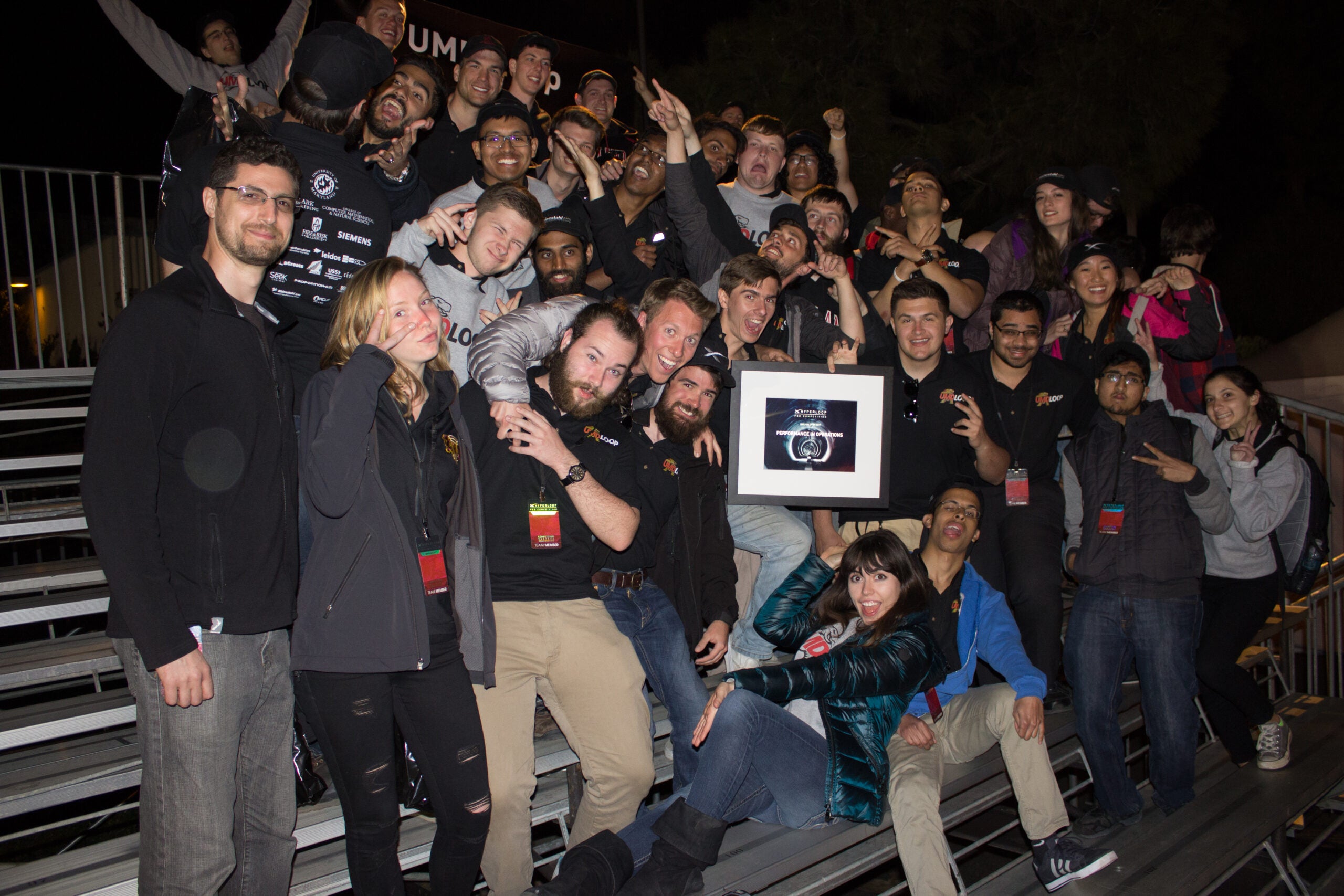
Although UMD Loop did extremely well at their first competition, they are far from done with Hyperloop projects. The team plans to attend SpaceX’s second competition weekend, scheduled for summer of 2017, with a new pod design which was qualified before the first competition was finished.
“We are going to be changing things around, borrowing elements from our current design, things that work well,” Kaplan said. “We are working very hard on it as we speak.”
We are proud to help students like the UMDLoop team achieve their academic and career goals through their use of OrCAD software. Based on their hard work and success, we can see the future is bright for the engineering world.
To learn more about UMDLoop, you can visit their website here.
Learn more about EMA’s educational program here.


